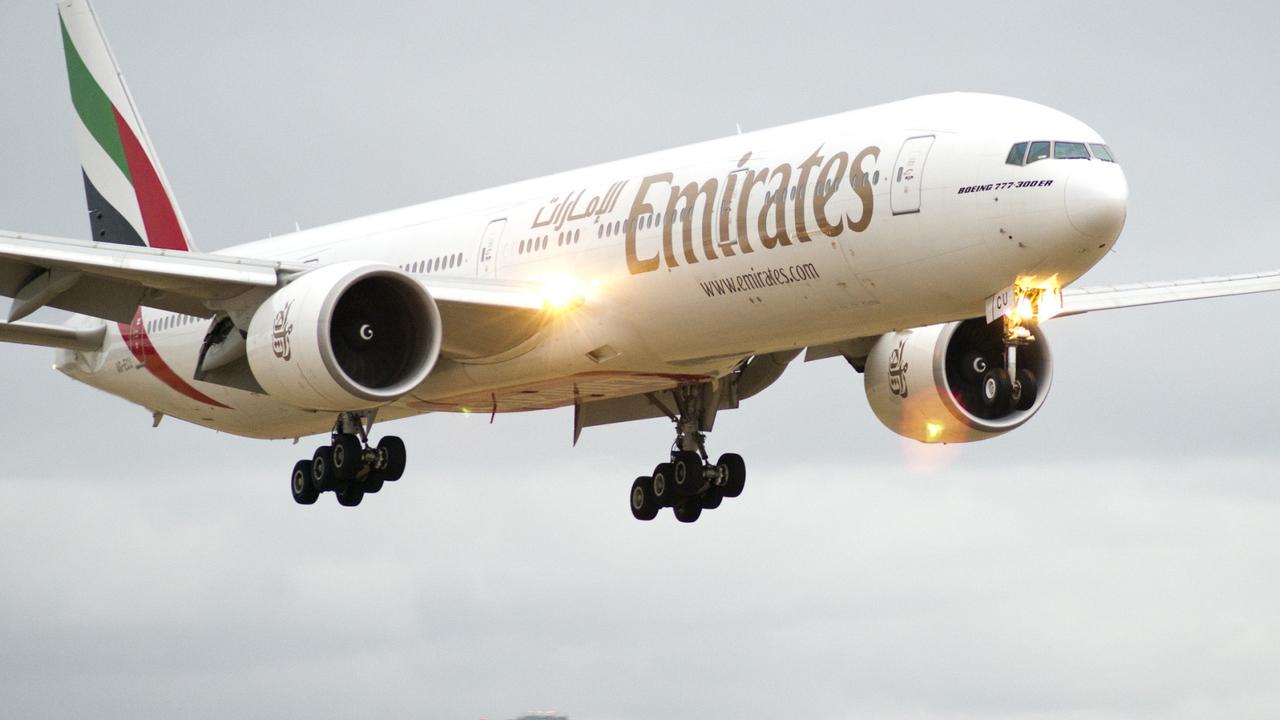New high speed rail plan connecting Sydney to Melbourne revealed
IT SOUNDS like the perfect utopia. Where homes are affordable and data is open. Now land deals have been struck the question is, could it actually happen? See the preview.
IT SOUNDS like utopia.
“New cities where data is open. Energy is renewable. Water is valued. Homes are affordable. People can live within 10 minutes of all they need. Cities where world class healthcare meets high tech education. Where new and existing businesses will converge to create more vibrant regional ecomonies. Cities built to unlock all human potential.”
That’s the plan for a high speed rail network that will connect Melbourne, Canberra and Sydney — and it claims to require no government funding.
A video released today spruiking the long-awaited proposal by private company Consolidated Land and Rail Australia (CLARA) Pty Ltd, which has partnered with international companies to develop the proposal, claims its high speed rail network will “place citizens in our capitals in less time than a morning commute”.
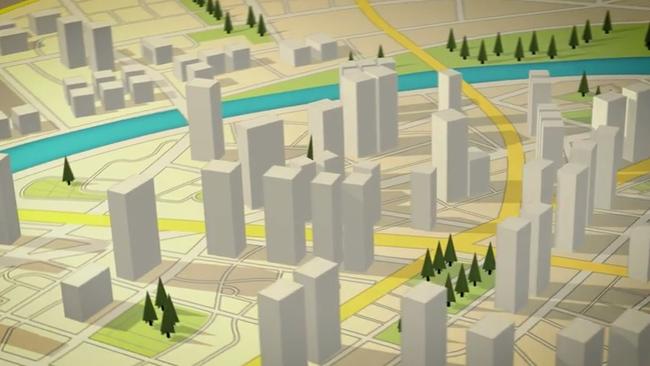
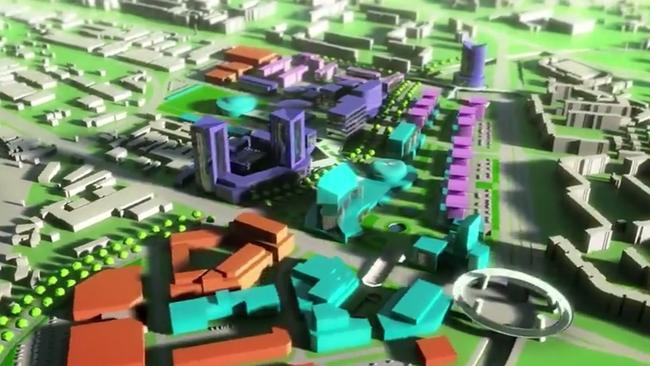
The dramatic footage uses excerpts from former American President John F. Kennedy’s 1960 Democratic National Convention Nomination Acceptance Address, where he says, “the problems are not all solved and the battles are not all won; and we stand today on the edge of a new frontier ... the frontier of unknown opportunities and perils, the new frontier of which I speak is not a set of promises. It is a set of challenges.”
The ambitious plan includes the construction of eight brand new island cities between the three capitals, with land deals already secured for the regional hubs that will set up close to existing towns.
It claims CLARA has “a plan to rebalance the Australian settlement”, building “new, regional compact, sustainable smart cities and connect them by the world’s most advanced high speed rail”. One image suggests trains will be travelling at speeds of up to 430km/h.
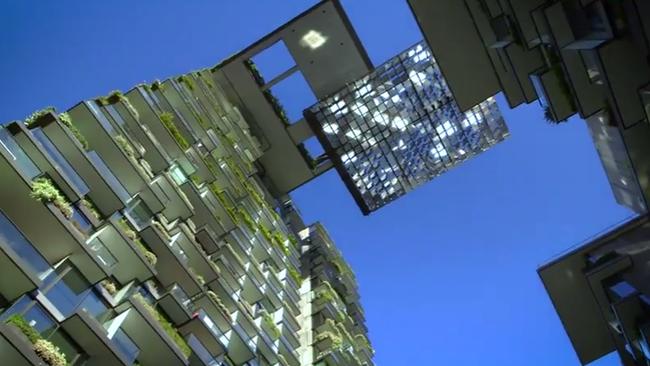

It’s expected to come with a $200 billion price tag, but, the company claims, it won’t cost taxpayers a cent.
“Building new cities to decentralise our population” is one of its biggest advantages, it claims, offering “untold benefits to our capitals and to our regions”.
What this new world will look like is yet to be determined, but the company flipped between footage of Shanghai Transrapid, which is currently the fastest train in the world, and model homes and cities.
Six new “advanced, sustainable, smart cities” are proposed for New South Wales and a further two for Victoria.
The company has labelled the plan “a quantum leap forward in the development of our nation”.
Land deals have been struck in regional areas, and if it receives support form three levels of government, the company says construction could begin within five years.
Phase one of the development will involve a $13 billion high speed rail into northern Victoria and the development of two new partner cities in the region over 30 years.
CLARA says the first stage of the new cities will be “online” within a decade.
Today’s announcement is the most significant development in the implementation of a high speed rail system for Australia in recent years, and follows Prime Minister Malcolm Turnbull’s announcement to support such a project in April this year.

Among members of the company’s advisory board are former state premiers Steve Bracks and Barry O’Farrell, and recently retired trade minister Andrew Robb.
In March of this year, executives from CLARA met with Mr Turnbull.
After the mysterious meeting, the Prime Minister excited fast-train enthusiasts announcing a “radical new funding plan” that could see the transport fantasy, floated by Australian politicians for generations, speed into reality.
“Value capture” — the funding plan the PM proposed — is at the centre of CLARA’s proposal.
It relies on profits made from the transformation of existing farming land into new developments that would benefit from the new infrastructure and increase in value.
“Because CLARA has the land for new cities development our business model projects a commercially viable project that should not call on taxpayer funding,” the company’s website states.
“CLARA’s pre-feasibility business model has the city sites and rail infrastructure being privately funded through the use of land value capture. Unlike other proposals for high speed rail in the past, CLARA’s infrastructure can be paid for from the city development rather than from government coffers.”
The company’s chairman Nick Cleary told The Australian the profit margin to developers to fund the high speed rail system would mostly fund the project, estimating land bought for $1000 a lot could be sold for up to $150,000 once housing and civil infrastructure is built.
He called the ambitious project a “decentralisation program”, saying the new cities and the high speed rail network would be interdependent, making each other viable.
Mr Cleary said the private company doesn’t anticipate asking governments for “a direct financial injection”, but would need support from all three levels.
“What we really need is the assistance to plan out these communities to secure the corridors of the rail which state governments have to do,” he said ahead of the Melbourne launch.
“We are under no illusions as to how difficult it is, and we are buoyed by the fact that both Commonwealth and state government are open to enter into co-ordinated discussions.”

Both sides of federal politics have signalled support for a high speed rail network, but hadn’t been able to explain how a cash-strapped government would hope to pay for it until the value-capture model was floated earlier this year.
A vague plan for a network beginning at Sydney and leading to Canberra, with links to regional centres like Goulburn had been discussed with a similar plan linking Melbourne to its regional neighbour Shepparton. These regional links will be included in CLARA’s proposal.
Fast rail plans have been floated by every federal government since Bob Hawke was in power.
Former prime minister John Howard considered a very fast train plan in 2000. He famously said he “rather liked the idea of a very fast train”, but couldn’t justify the $1 to $2 billion expenditure.
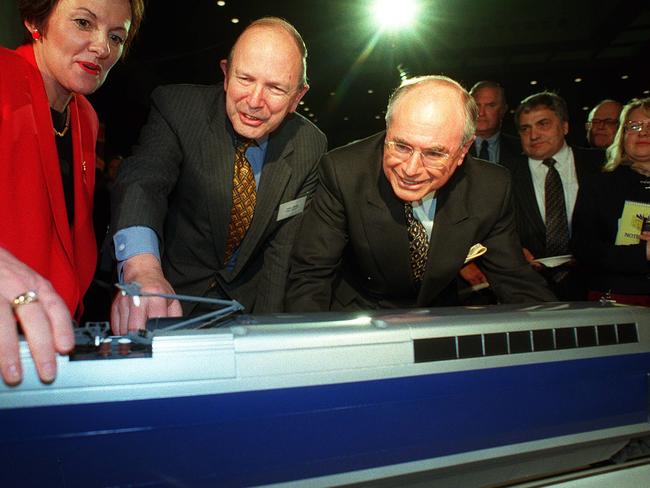
In 2008 then Labor prime minister Kevin Rudd announced a $25 billion high speed network connecting Sydney and Melbourne that never got up.
His successor Julia Gillard commissioned a report predicting a high speed rail network connecting Brisbane, Sydney and Melbourne, would be budgeted at about $114 billion.
When talks of a government-backed high speed rail system cropped up again earlier this year, Greens MP Adam Bandt was among vocal critics, tweeting that the revolutionary infrastructure was “the train that only runs in election years”.
But with the plan being seriously considered post-election, Australia may be inching closer towards no longer being the only continent — with the exception of Antarctica — without fast trains of our own.


